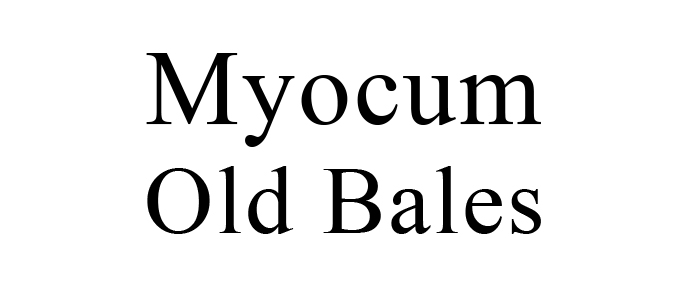
In the 2016 census, there were 31,556 people in the Byron local government area, of these 48.2 per cent were male and 51.8 per cent were female. Aboriginal and Torres Strait Islander people made up 1.8 per cent of the population, which is lower than the national and averages of 2.8 per cent and lower than the NSW state average of 2.9 per cent. The median age of people in the Byron Shire area is 44 years (up from the 42 in the 2011 census) which was slightly higher than the national median of 38 years. Children aged 0 – 14 years made up 16.8 per cent of the population (down from 18.5 in the 2011 census) and people aged 65 years and over made up 16.9 per cent per cent of the population (up from 13.3 per cent). This change over the 5-year period shows evidence of an increasingly ageing population in the Byron Shire which is in line with predictions of the nations future increase in age.[4] The ABS records marital status in everyone over the age of 15, in Byron Shire 37.1 per cent of the population is married whilst 18.1 per cent are divorced or separated. Whilst there has been little change in Byron since the 2011 census, compared to the national percentages there is a large difference. Of the Australian population aged 15 and older 48.1 per cent of the population is married and 11.7 per cent of the population is divorced or separated.[5] This shows that Byron Shire has a large discrepancy in marital status compared to the rest of the nation.
Population in the Byron Shire area has increased since the 2011 census with a population growth of 8 percent, this is a significant increase compared to the population growth between the 2006 and 2011 census which was 1.54 per cent. Whilst the growth since 2011 is similar to the Australian population growth on 8.8 percent, the growth in previous years, negative 0.51 per cent in 2001 to 2006 and 1.54 per cent in 2006 to 2011, is vastly different from the total population growth. This data suggests that Byron Shire’s population is growing at an increasing rate much like the majority of Australia.[5] Byron Shire has an average of 2.4 people per dwelling, the same as in the 2011 census, and on average there are 1.8 motor vehicles per dwelling. In terms of median income Byron Shire lags behind the Australian average, with the median personal income in Byron Shire being $596 and the Australian median income being $662. The gap is even larger in the median household income bracket grouping with the Australian national median being $1438 compared to Byron Shire’s $1149.[6]
A large proportion of Byron Shire residents are born in Australia with 68.4 per cent of the population, 52 percent of the population have had both parents born in Australia, meaning less than half the population is first generation Australian or a migrant.[7] The second largest country of origin is England with only 5.1 per cent, this reflects the diversity of those that aren’t Australian born. Religion in Byron Shire is substantially different compared to the Australian population as a whole, 46.3 per cent of the Byron Shire population listed ‘No Religion’ in their 2016 census compared with only 25.1 per cent Australian wide. A total of 12.5 per cent of Byron Shire identified as Catholic contrasted to 24.7 per cent of Australia’s population. Byron Shire area had a significantly lower proportion of houses where two or more languages are spoken at 9 per cent compared to the national amount of 26.5. The vast majority of houses in Byron Shire, 81.1, speak only English at home whereas 68.5 of houses Australia wide only speak English at home.[8]

